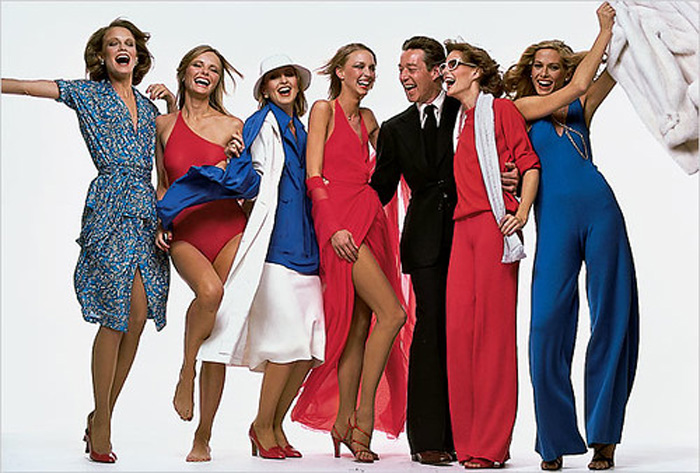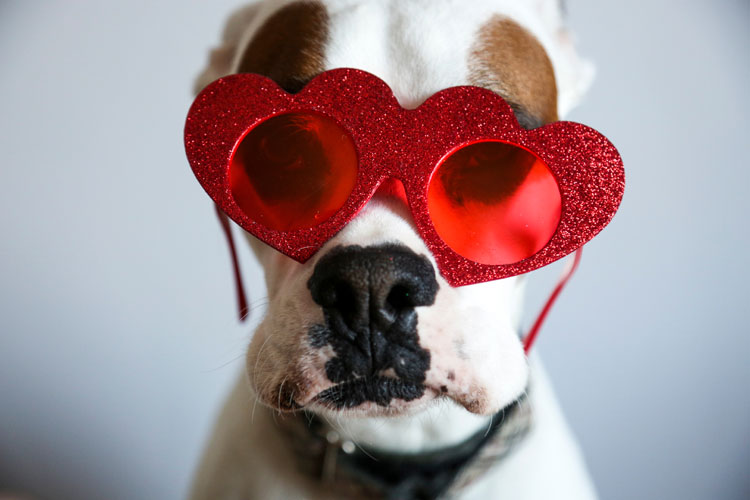 0
0 
A media mogul and his fashion designer wife gifted the city of New York a 260 million dollar park floating on the Hudson River. How the city received the gift says a lot about the current New York State of mind.
Diane von Furstenberg and Barry Diller are behind Little Island, the 2.4-acre public park designed by Thomas Heatherwick on the site of the formerly derelict Pier 55.
With an amphitheater, observation sites, eating area and a landscape design that incorporates 270 varieties of grasses, perennials, vines and bulbs, the place is described as charming, even by its detractors.
In The Wall Street Journal article “How Barry Diller and Diane von Furstenberg Built NYC’s Little Island” you learn that the family foundation gave $260 million to build Little Island and has committed another $120 million over the next 10 years for maintenance. You also learn about the politics of building a public park, and some difficulties they faced building it.
In the Washington Post “Seeing the wrong kind of green In New York City’s Little Island” you hear a different opinion, one that builds on the idea of rampant inequality and sees the gift as a tax deduction and a showy form of philanthropy.
Whatever side you are on, enjoy the place and try to step out of this never ending cycle of debates.
Posted by Mirela Gluck at 08:13 AM
The City |
 0
0 
For anyone who doesn’t know Halston’s story: poor Iowa-born boy becomes milliner to Jackie O., transitions to legendary fashion designer, conquers NYC, revolutionizes luxury fashion. One of the first to understand and use the extraordinary influence of celebrities he develops friendships with Liza Minelli, Elsa Peretti and Andy Warhol.
A symbol of the extravagance of the 70’s and 80’s, his ascension is cut short by multiple excesses, bad business decisions and questionable taste in men. A Faustian deal offers money but dilutes his brand. Another business deal leads to the loss of the asset that he valued the most: his name. He dies young of AIDS without ever regaining the rights to use his name.
While Halston asks himself “Am I a businessman or an artist” Ryan Murphy, the producer seems to have decided that neither options were very important for the designer and presents him mainly as a 70’s gay icon. Roy Halston Frowich’s family called the show an “inaccurate, fictionalized account” of the designer’s life.
For fashion lovers this show is a joy and a disappointment. Watching Ewan McGregor chain smoking, wearing those stylish black turtlenecks as he drapes models is such a powerful image I will forever associate it with bias cut long dresses. But fashion is rather atmospheric and not the main theme of the show, which is a shame, because Halston’s deceptively simple dresses were after all the quintessence of the flamboyant 70’s.
Fashion lovers will particularly appreciate the episode named Battle of Versaille, the fundraising event that had American designers compete against French counterparts. The event gave American fashion an international recognition and transformed the industry forever.
Halston, the show, is also a cautionary tale for creative people who consider bringing in investors. “Am I a businessman or an artist” will be asked again and again by designers slowly sacrificing creative control for financial independence.
Yes, it’s not a great show, the image is beautiful but the dialogue is predictable and the peaceful “walk into the sunset” doesn’t quite match such a turbulent life. And yet, we’ll watch it, probably more than once, because Halston story is not unique to him.
Image credit: “Halston & Models 1977” by Sacheverelle is licensed under CC BY-NC-SA 2.0
Posted by Mirela Gluck at 02:14 PM
A FASHION , The City |
 0
0 
Valentine’s Day is upon us but that, too, will look much different this year, and some people are not happy about it.
If you hear “Valentine’s Day” and the image springs to mind of lovers celebrating with a background of red roses and cherubs flying around, well, you might be living in the wrong century. The holiday has transitioned to more inclusive messaging that is more about showing affection to anyone important to you, and less about romantic love.
Some people mourn the loss of a holiday dedicated to romantic love, others complain about the holiday being hijacked by greedy marketers. I say we should try to accept change and consider the idea that St. Valentine’s Day has been in fact part of one social marketing strategy or another from the very beginning. Pundits consider the birth of social marketing to be in the 70s, when we first realized we could use advertisements to sell ideas and socially accepted behaviors. I think it started much earlier and that St. Valentine’s Day was used from the beginning to sell the idea of love that fit the social norm at that particular time. A short Valentine’s Day history might clarify this point. Here are the highlights.
– Before St. Valentine’s Day, Romans celebrated Lupercalia on February 15th. According to history.com this was a “bloody, violent, and sexually-charged celebration awash with animal sacrifice, random matchmaking, and coupling in the hopes of warding off evil spirits and infertility.”
– Enter St. Valentine. Some people are certain we celebrate a St. Valentine’s who died on February 14th, 269 AD. Historians are not so certain as three different martyrs died around the same time. They were all named Valentine. Some think we celebrate one of these martyred saints, others believe that the “Christian church may have decided to place St. Valentine’s feast day in the middle of February in an effort to ‘Christianize’ the pagan celebration of Lupercalia.” Brilliant marketing move, if you ask me.
– The Victorian Era with its value focused on religion and morality transformed St. Valentine’s Day into a celebration of romantic love. We could safely say that the “roses and cherubs” image we associate with St. Valentine’s Day is a product of that era. While maybe not intentionally used to change social behavior, the new romantic Valentine’s Day feast was clearly a response to societal changes of the time.
– As the definition of romantic love continues to change in the 21st century, couples are (according to an article in theguardian.uk) perceived as being “smug, sexless, bourgeois, and boring.” Romantic love is no longer something we worship on a pedestal above all else. There is no wonder that we expanded our celebration of love to include family and friends, even our furry friends.
Are marketers rejoicing at the news of newly opened avenues for sale? Sure. Maybe in another year I would have been amongst the complainers, but in 2021 we need all the love we can get and most marketers need help surviving, so I abstain. Tell everyone you care for how much they mean to you, hug your furry friend, and open your wallet in a responsible way. Support a small business you admire, because that’s love too. Hey, call me crazy, but go ahead and say hello to the neighbor you stopped talking to when they voted for “the other party.” Love is love after all.
Posted by Staff Writer at 07:00 AM
The City |
